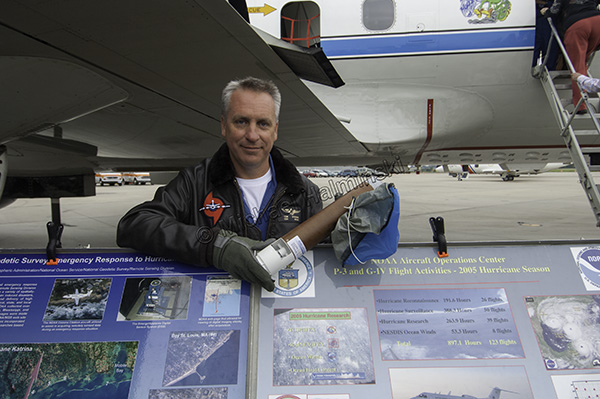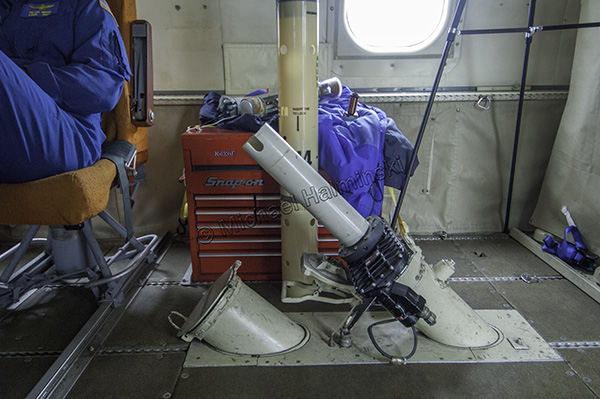Wednesday morning my barometer was still reading 996 millibars as the center of Maria moved slowly northward offshore over a hundred miles away.
The winds shifted from northeast, north and then northwest. Already high sound tides were getting slightly higher, but not high enough to cause concern. Our neighbors in Hatteras Village and Ocracoke had more storm surge and it flooded some of their streets.
Meanwhile the tumultuous ocean wet the highway through Mirlo Beach.
The artificial dune line north of town was keeping the highway passable.
NCDOT worked frantically to keep the water from washing out the road at the S-Curve…. just barely.
It looks like north Rodanthe survived another one.
Seas were still intense yet I could see it was beginning to show signs of moderating.
The clouds from Maria kept drifting around.
Rodanthe Pier is always a great place to view the excitement.
Eric and I ventured out on the shaky deck as a huge set rolled in and broke right in front of us.
We were astonished to see a couple of teenagers body surfing in the hurricane soup… just craziness.
Having been out on the blowing beach all day, I decided to head home and wash the sand off.
Later I drove to ramp 25 to end my date with Maria. The seas were calming down as the sun set.
Hurricane clouds loomed in the sky.
And I kept shooting the awesome environment around me.
The best hurricanes are the ones that keep their distance.

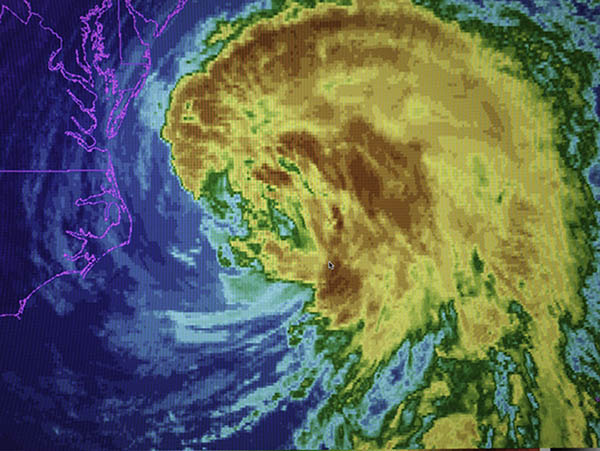
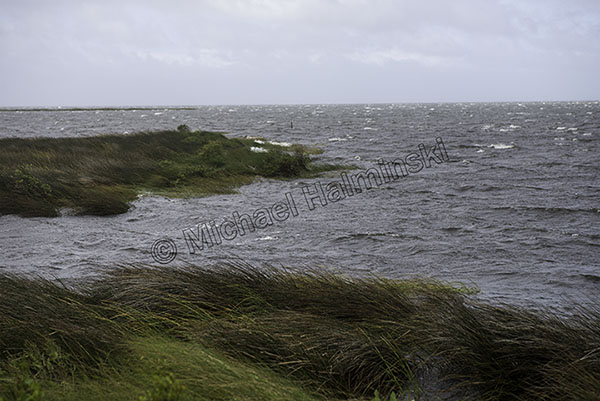
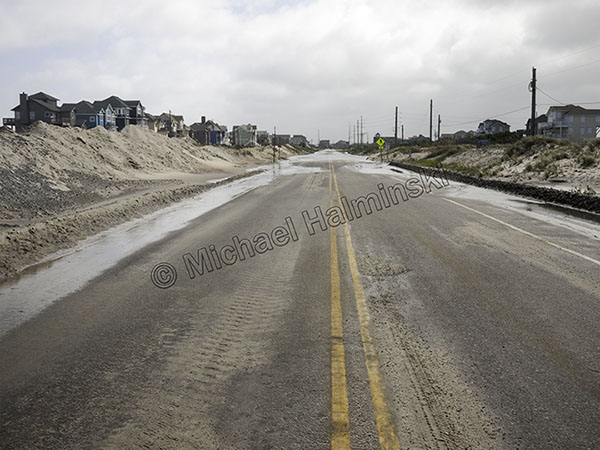
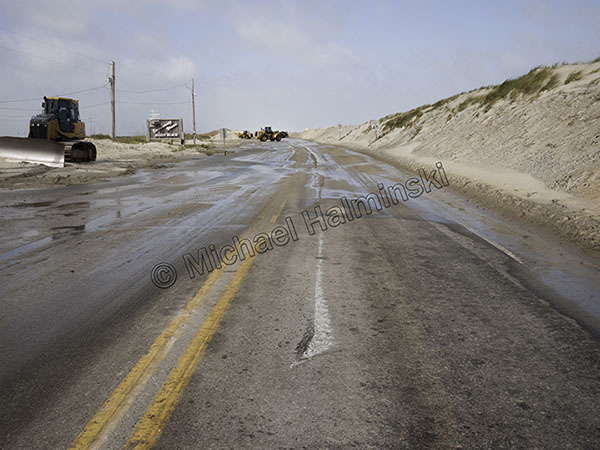
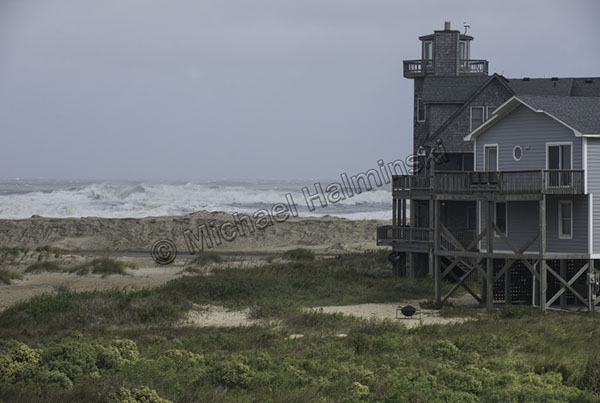
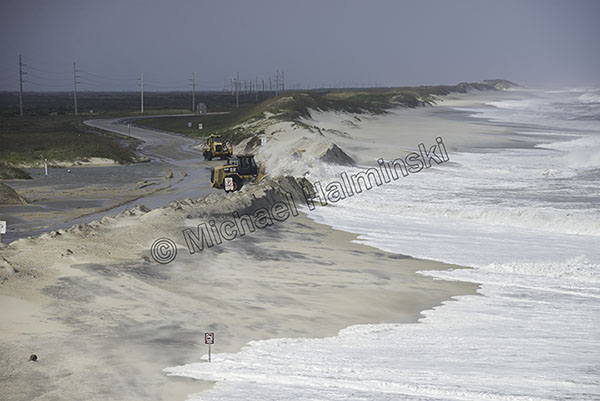
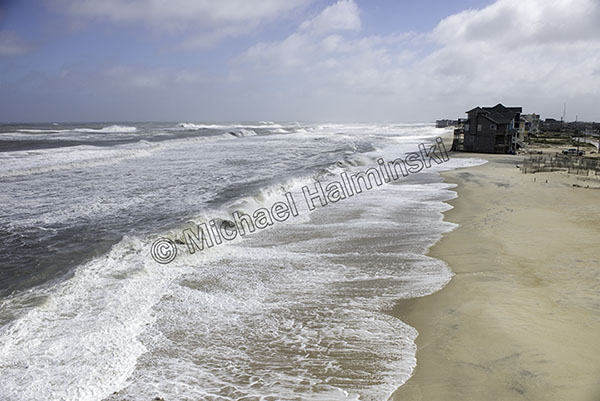
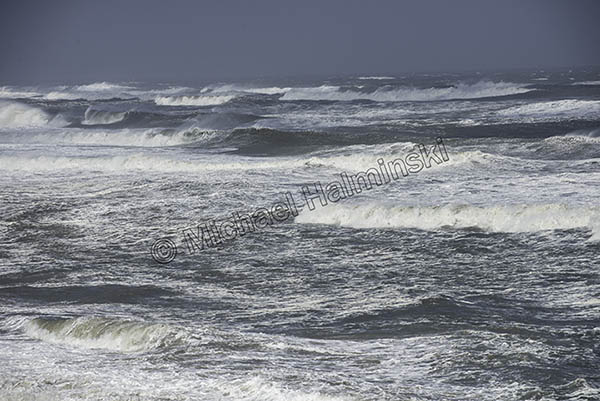
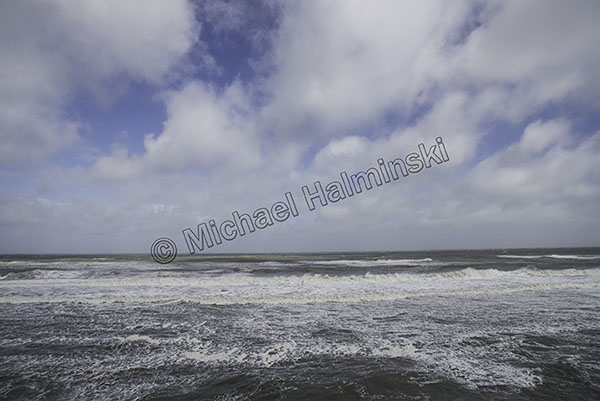
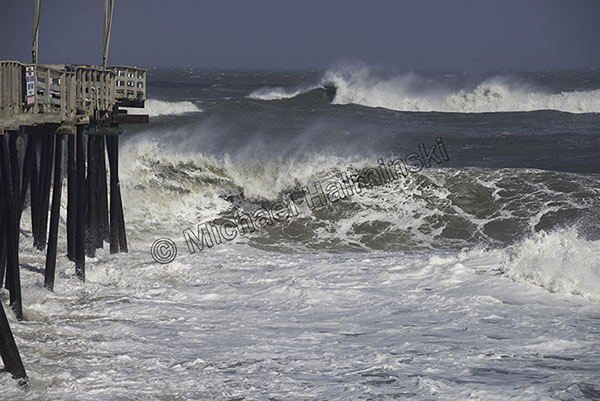
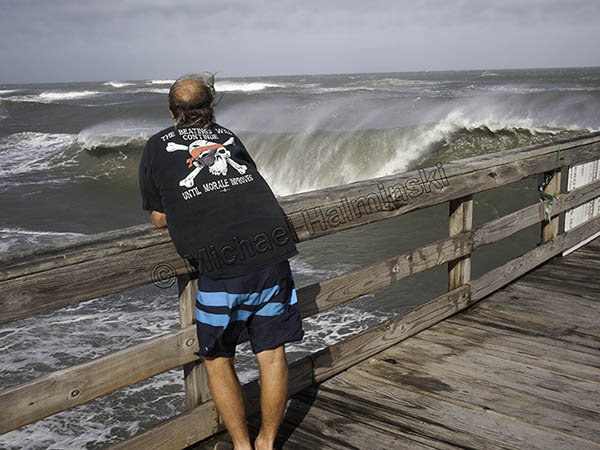
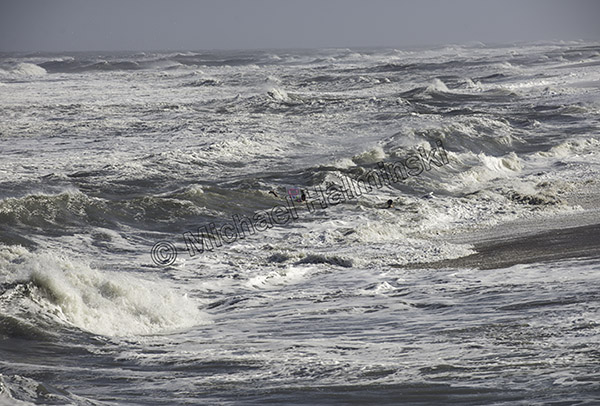
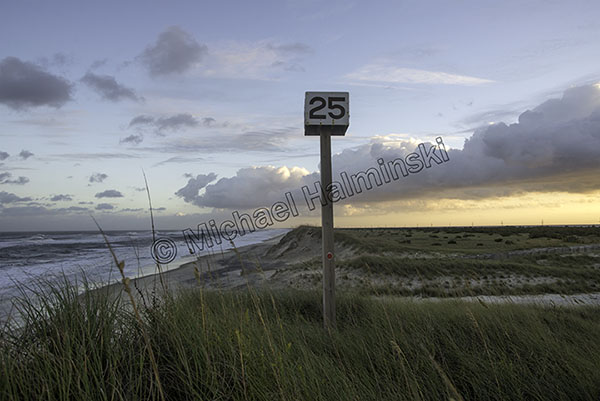
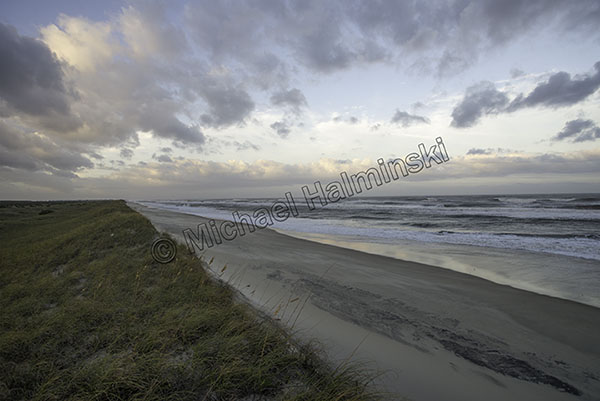
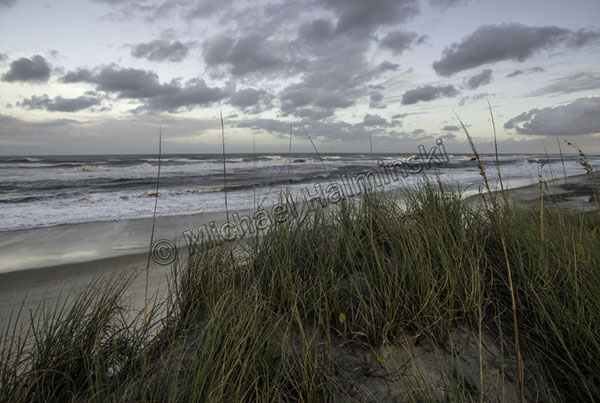
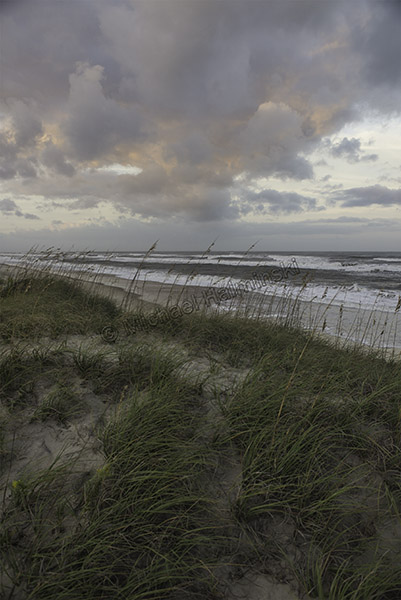
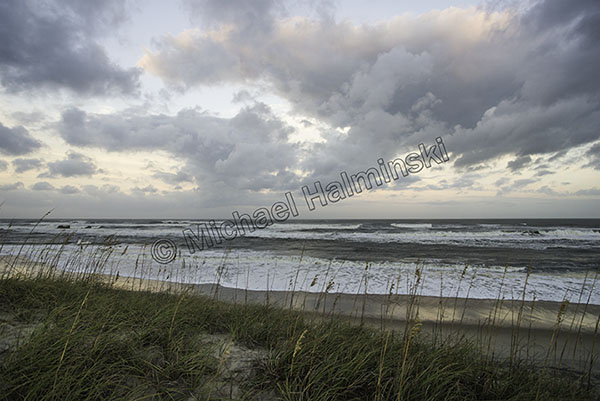

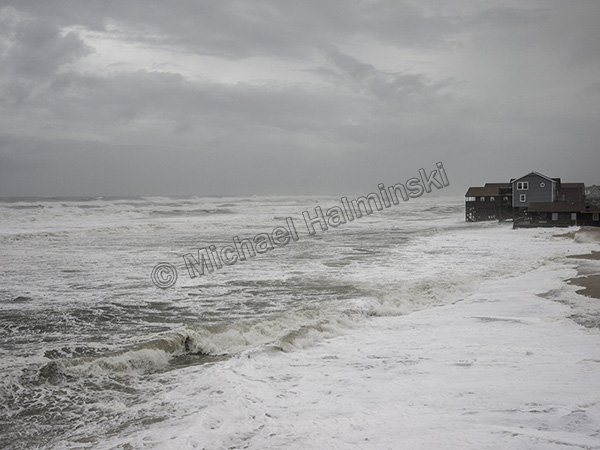
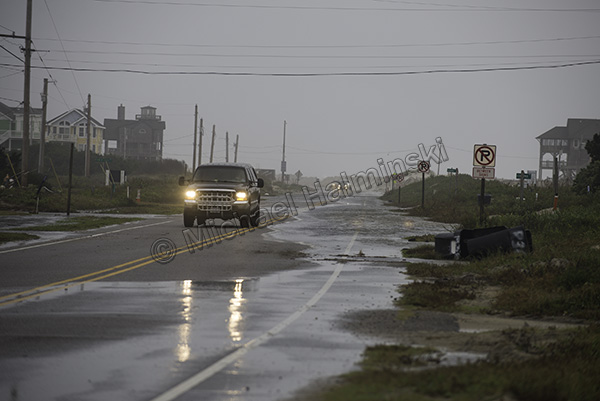
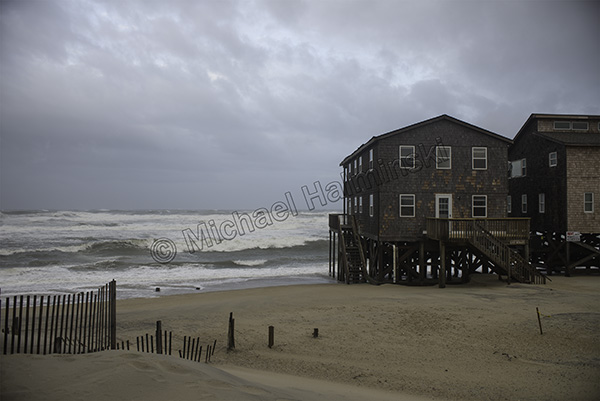




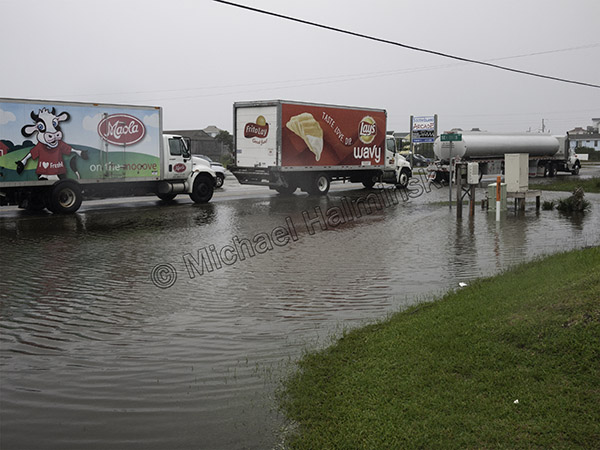
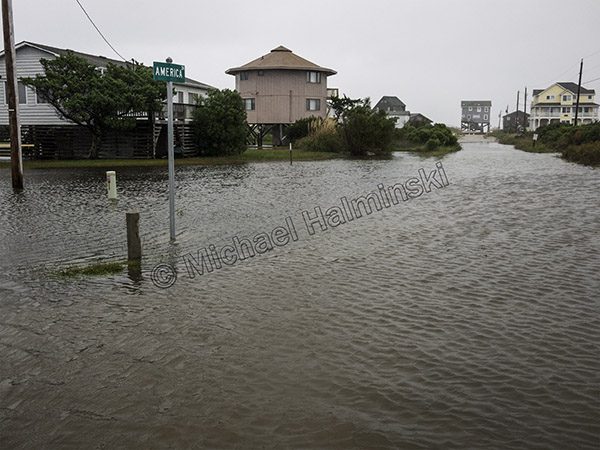

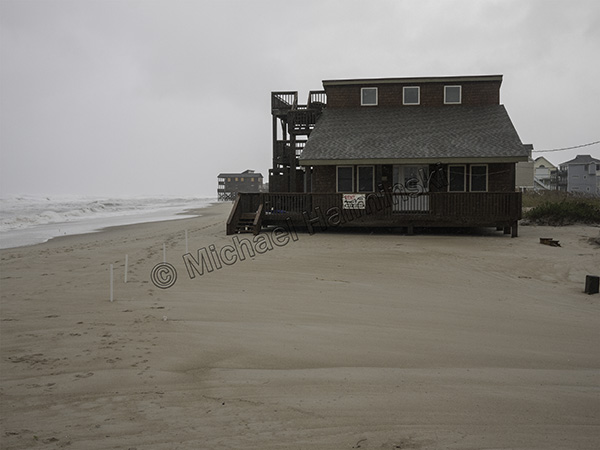
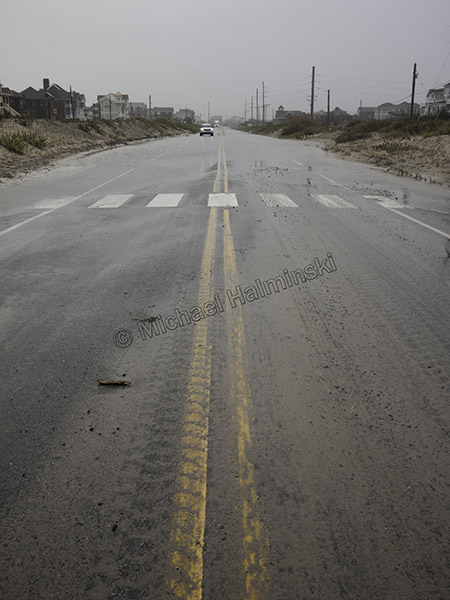
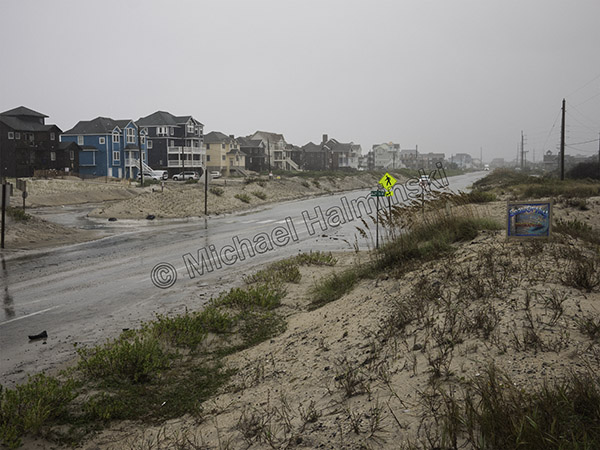
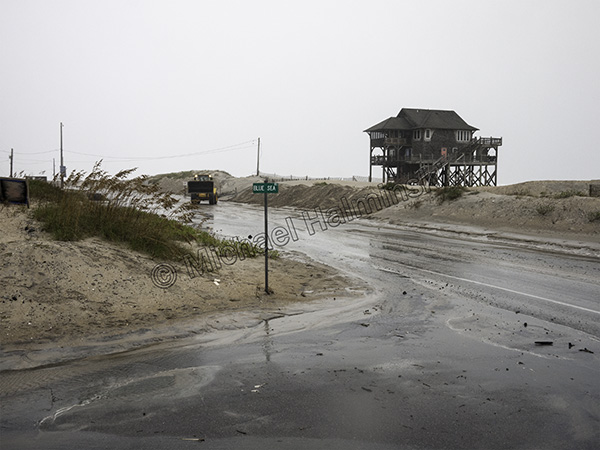


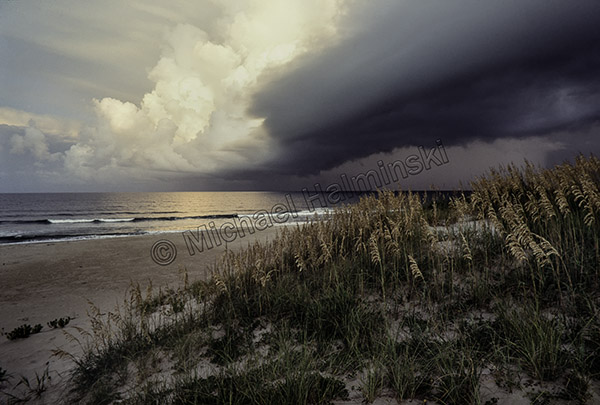
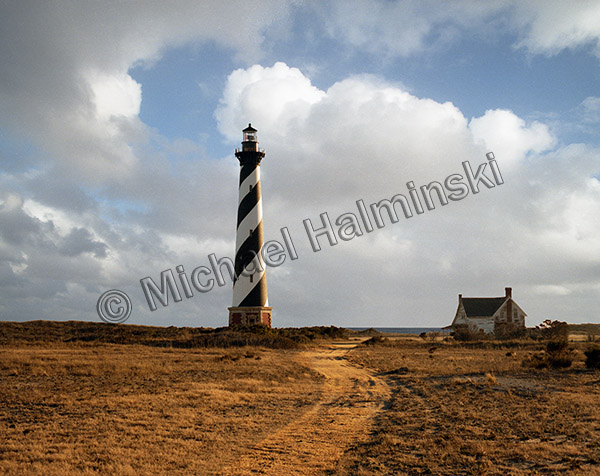


 Additional radar is located on the bottom of the aircraft. Radar scans the storm vertically and horizontally for real-time analysis.
Additional radar is located on the bottom of the aircraft. Radar scans the storm vertically and horizontally for real-time analysis. Underneath are launching tubes that fire out buoys with transmitters to record ocean temperatures at different depths.
Underneath are launching tubes that fire out buoys with transmitters to record ocean temperatures at different depths.
